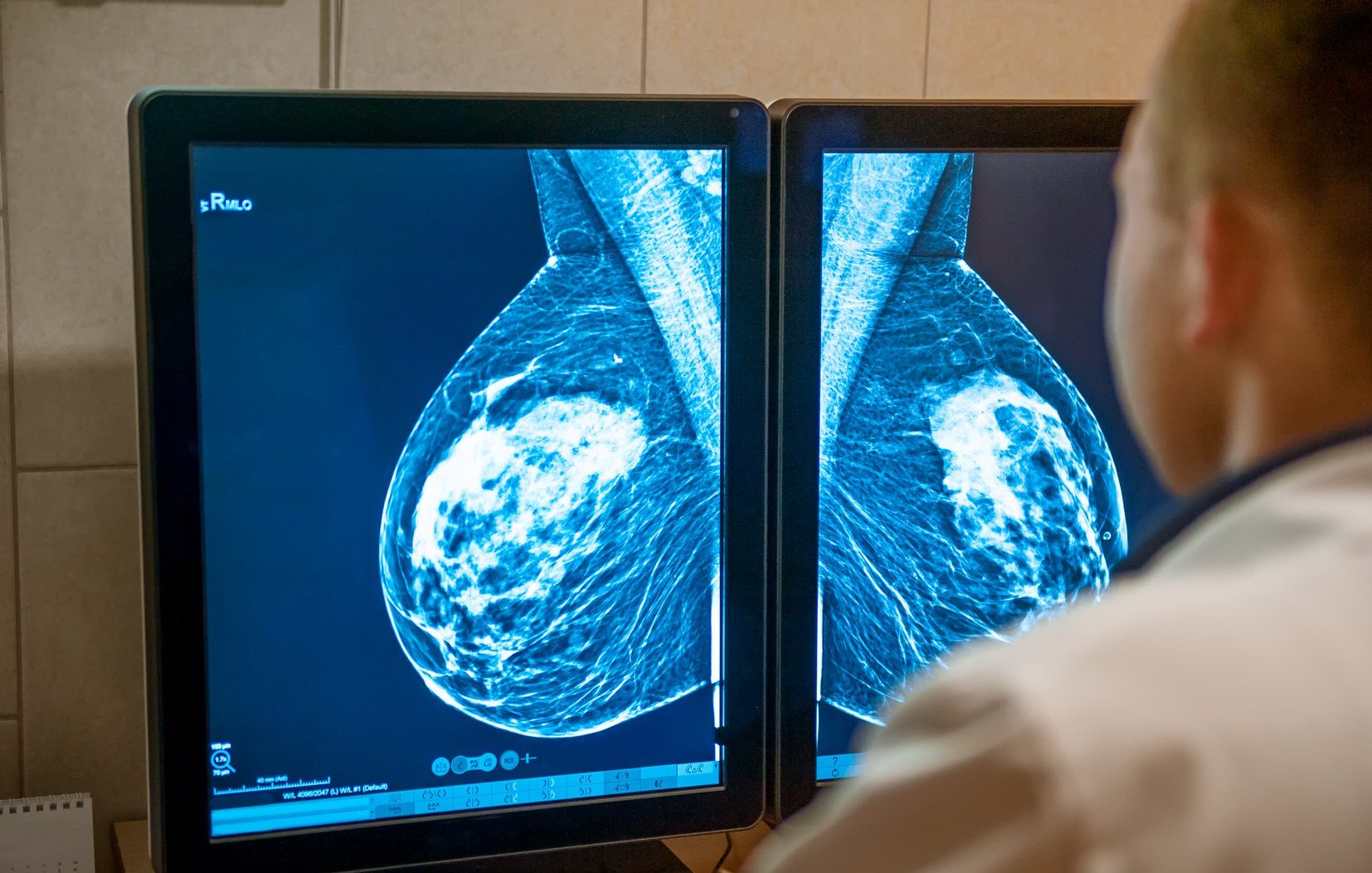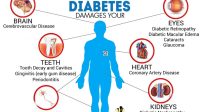Cancer. The very word evokes fear and uncertainty. It’s a complex enemy that disrupts the delicate order within our bodies, turning once-loyal cells into chaotic rebels. But fear not, knowledge is our greatest weapon. Let’s delve into the science behind three of the most common cancers: breast, lung, and cervical cancer.
What is Cancer? A Cellular Rebellion
Imagine a well-governed city, bustling with activity. Each citizen (cell) plays a specific role, working together for the common good. Now, picture a rogue group inciting chaos, ignoring the rules and multiplying uncontrollably. That’s the essence of cancer.
From Order to Chaos: How Normal Cells Turn Malignant
Normally, our cells follow a strict growth plan. They divide when needed and self-destruct when they become damaged. But sometimes, mutations in their DNA – the cell’s instruction manual – disrupt this order. These mutated cells become cancerous, dividing uncontrollably and forming tumors.
The Hallmarks of Cancer: A Recipe for Cellular Mayhem
Cancer cells exhibit six key characteristics, turning them into formidable foes:
- Uncontrolled Growth: They ignore signals to stop dividing, creating masses.
- Insatiable Hunger: They become greedy, demanding more nutrients than healthy cells.
- Evading Cell Death: They develop ways to cheat apoptosis, the natural cell suicide program.
- Angiogenesis: They trick the body into creating new blood vessels to feed their growth.
- Invasion and Metastasis: They develop the ability to break away from the original tumor and travel to other organs, forming secondary tumors.
- Immune System Evasion: They can manipulate the immune system, making it harder for the body to recognize and destroy them.
Now, let’s meet the specific battlegrounds for each of our Big Three cancers.
Breast Cancer: Understanding Our Body’s Battlefield
Breast cancer arises from uncontrolled growth of cells within the breast tissue. The most common type is:
Invasive Ductal Carcinoma: The Most Common Foe
This cancer originates in the milk ducts and can invade surrounding breast tissue. Early detection is crucial for successful treatment.
Risk Factors: Unmasking the Enemy’s Allies
Several factors can increase the risk of breast cancer, including:
- Family history: Having a close relative with breast cancer increases your risk.
- Genetic mutations: Inherited gene mutations like BRCA1 and BRCA2 significantly elevate risk.
- Hormonal factors: Early menstruation, late menopause, and hormone replacement therapy can play a role.
- Lifestyle factors: Obesity, lack of exercise, and alcohol consumption can contribute.
Early Detection: Catching the Enemy Before it Gains Ground
Regular self-examinations, mammograms, and clinical breast exams are vital for early detection. The earlier breast cancer is found, the better the chances of successful treatment.
Treatment Options: Tailoring a Strategy for Victory
The treatment approach for breast cancer depends on several factors, including the stage and type of cancer, as well as the patient’s overall health. Here’s a glimpse into the available options:
- Surgery: This may involve removing the entire breast (mastectomy) or a portion of it (lumpectomy).
- Radiation therapy: High-energy rays target and destroy cancer cells.
- Chemotherapy: Powerful drugs kill cancer cells throughout the body.
- Hormone therapy: This targets cancers fueled by hormones like estrogen.
- Targeted therapy: Newer drugs attack specific vulnerabilities in cancer cells.
Breast cancer treatment can be a long and demanding journey. However, with advancements in medicine and a strong support system, many women overcome this challenge and live fulfilling lives.
Lung Cancer: When Breath Becomes a Battleground
Lung cancer is the leading cause of cancer death worldwide. The primary culprit?
The Culprit: Smoking and Beyond
While smoking is undeniably the biggest risk factor, lung cancer can also occur in non-smokers due to exposure to secondhand smoke, radon gas, and air pollution.
Non-Small Cell vs. Small Cell: Recognizing the Enemy’s Ranks
Lung cancer can be broadly categorized into two main types:
- Non-small cell lung cancer (NSCLC): This accounts for about 80% of lung cancers and can grow more slowly than small cell lung cancer.
- Small cell lung cancer (SCLC): This type is more aggressive and tends to spread quickly.
Understanding the type of lung cancer helps guide treatment decisions.
Symptoms: When Breathlessness Signals Trouble
Common symptoms of lung cancer can include:
- A persistent cough that worsens over time
- Coughing up blood
- Chest pain that worsens with deep breathing or coughing
- Shortness of breath
- Unexplained weight loss
- Hoarseness
Early detection is crucial, so don’t ignore these warning signs.
Treatment Strategies: Taking Back Our Air
Treatment options for lung cancer vary depending on the stage and type. Common approaches include:
- Surgery: Removing the cancerous part of the lung is a primary option for early-stage lung cancer.
- Chemotherapy: Drugs can be used alone or in combination with other treatments to kill cancer cells throughout the body.
- Radiation therapy: High-energy beams target and destroy cancer cells.
- Immunotherapy: This newer approach helps the body’s immune system recognize and attack cancer cells.
While lung cancer remains a formidable foe, ongoing research and treatment advancements offer hope for improved outcomes.
Table 1: A Comparison of Breast, Lung, and Cervical Cancer
| Feature | Breast Cancer | Lung Cancer | Cervical Cancer |
|---|---|---|---|
| Most Common Type | Invasive Ductal Carcinoma | Non-Small Cell Lung Cancer | Squamous Cell Carcinoma |
| Main Risk Factors | Family history, genetics, hormones, lifestyle | Smoking, secondhand smoke, radon, air pollution | HPV infection |
| Early Detection Methods | Self-exams, mammograms, clinical exams | Low-dose CT scans | Pap smears, HPV testing |
| Common Treatments | Surgery, radiation therapy, chemotherapy, hormone therapy, targeted therapy | Surgery, chemotherapy, radiation therapy, immunotherapy | Surgery, radiation therapy, chemotherapy |







